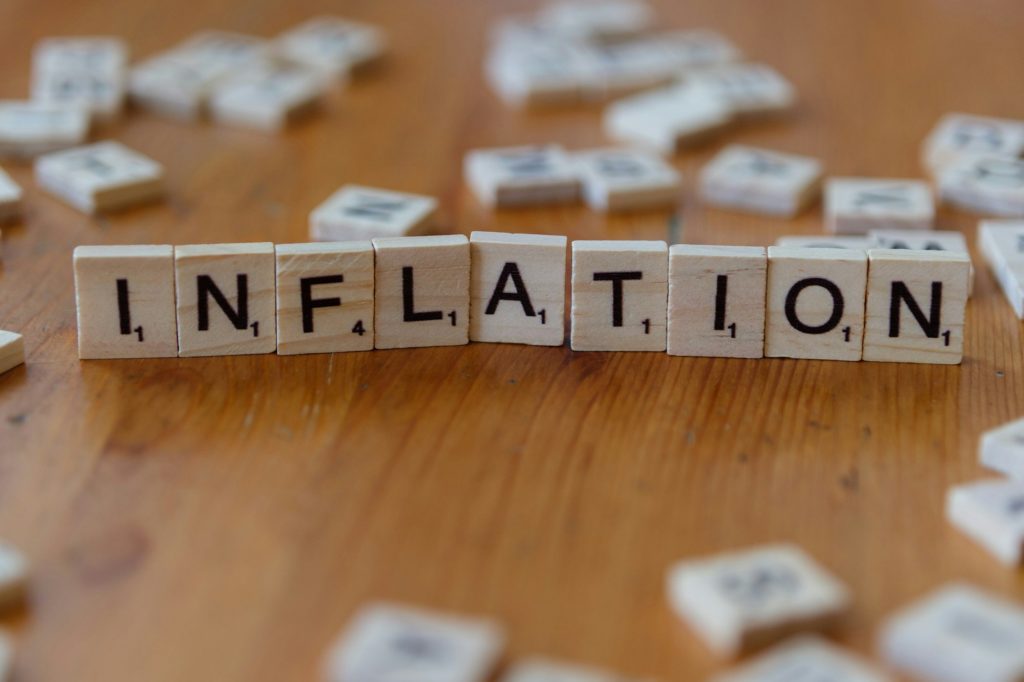The latest Consumer Price Index (CPI) report for July has painted a mixed picture for inflation, with consumer prices rising, but not at the rate many economists had feared. The headline CPI rose 2.7% year-over-year, while core inflation, which excludes volatile food and energy prices, jumped 3.1%. This uptick in inflation, especially in goods prices, is being driven by factors including global trade tensions, rising tariffs, and continued supply chain disruptions.
Key Takeaways:
- Core Inflation Jumps: Core inflation, a measure of long-term inflationary trends, posted its largest increase in six months, rising 3.1% compared to a year ago. This rise reflects increasing prices in a range of goods, with particularly notable spikes in home furnishings and medical costs. The inflation data indicates that tariff-driven price pressures on imported goods are beginning to take hold, though key sectors like automotive and appliances have yet to show significant effects.
- Food and Energy Costs Hold Steady: While food prices remained relatively stable, there were some key exceptions. The price of coffee soared by 14.5% from a year ago, causing a pinch for caffeine lovers, while meat prices, especially beef and pork, continued their upward trend. Eggs, a notorious symbol of inflationary anxiety, dropped in price from June but remain much higher than last year, with a 16.4% annual increase.
- Medical Services Continue to Rise: Health-related costs remain a major concern, with medical services up 4.3% from last year. Hospital services and nursing home care saw steep increases, continuing to put pressure on household budgets. Meanwhile, prescription and over-the-counter drug prices saw modest declines, which could offer some relief for consumers in need of medication.
- Transportation and Housing Trends: The housing market remains a key driver of inflation, although price increases have slowed somewhat since the pandemic-induced surge. Shelter costs rose 0.2% in July, and although some regions are seeing cooling housing prices, affordability remains a challenge for both renters and buyers. Meanwhile, used car prices saw a notable spike, increasing nearly 5% from last year, though gasoline prices dropped significantly, falling 2.2% from June and 9.5% year-over-year.
Impact on Consumers and Businesses
This latest CPI report highlights the ongoing challenges facing consumers. While prices for many goods are easing, the overall cost of living continues to outpace wage growth in some sectors, particularly in housing and healthcare. Rising prices for staple goods like meat and coffee have left many consumers feeling the squeeze. As the report highlights, inflation isn't just driven by demand but also by external factors such as tariffs and global supply chain disruptions.
On the business side, companies in sectors like healthcare, transportation, and consumer goods are likely to continue facing pressure from rising costs, which could impact their profit margins and pricing strategies. Companies in these sectors will have to navigate the balancing act of passing on costs to consumers while managing demand fluctuations.
What's Next for Inflation and the Fed
As inflation remains above the Federal Reserve's 2% target, the path forward for monetary policy is more complex. The Fed has faced growing pressure to address rising costs, especially as inflation affects critical sectors like housing and healthcare. However, the labor market shows signs of cooling, which could complicate the Fed’s decision-making process in the coming months.
The July CPI report increases the likelihood of a Federal Reserve rate cut in September, with traders assigning a 94% probability to such a move, according to CME Group’s FedWatch Tool. This is despite the uptick in core inflation, which indicates the persistent inflationary pressures on goods and services. A rate cut could help provide some relief for consumers and businesses, but it also risks exacerbating inflation in the long term if it stokes further demand without addressing supply constraints.
Looking Ahead
As we move into the latter half of the year, the key question will be whether the Fed’s rate cut can help manage inflation without reigniting broader price increases. Markets will be closely watching upcoming reports on the Producer Price Index (PPI) and retail sales, both of which could offer insights into the underlying strength of inflationary pressures.
For consumers, the persistence of rising prices on basic goods, especially food and housing, will likely continue to impact household budgets. If inflation continues to edge higher, we could see increased demand for goods in certain sectors, while others may struggle to pass on price hikes to price-sensitive customers. Ultimately, the delicate balance between inflation control and economic growth will shape policy decisions in the months to come.

